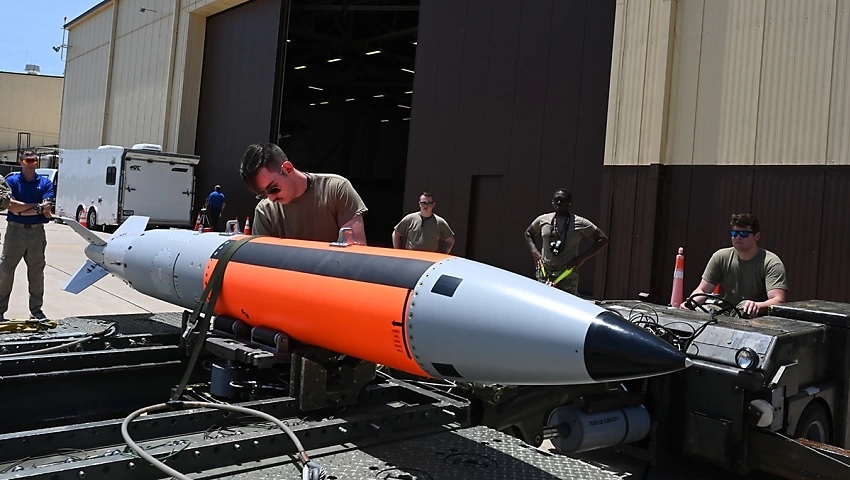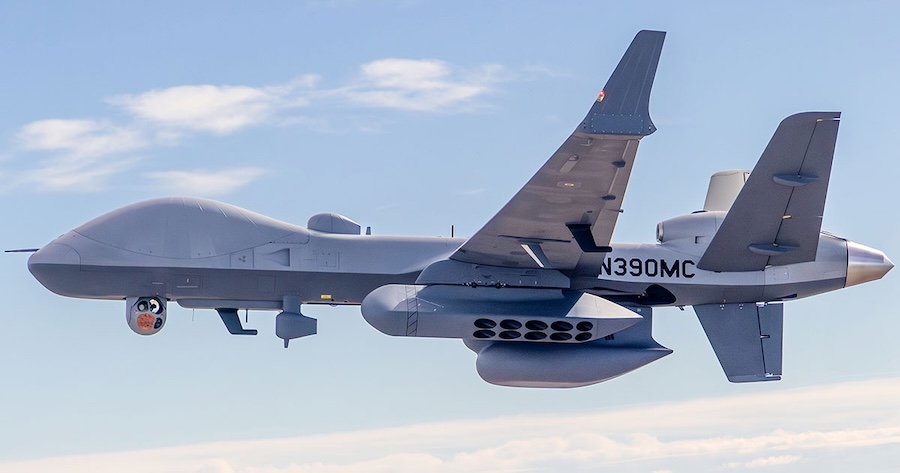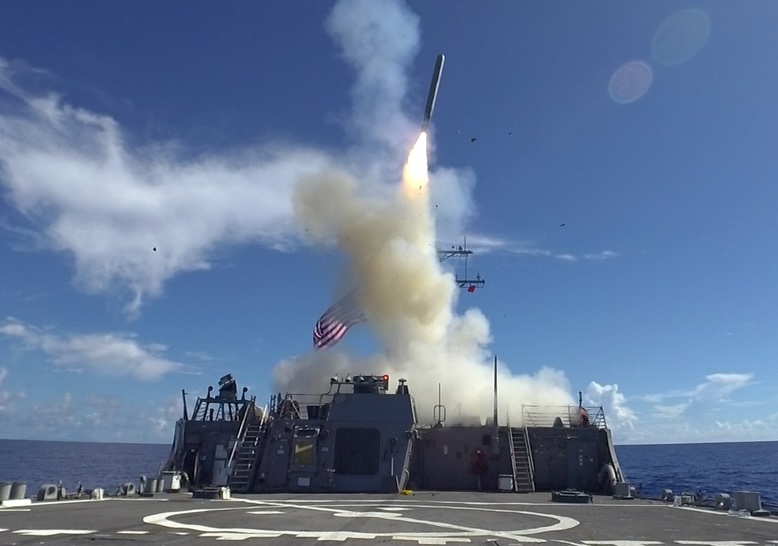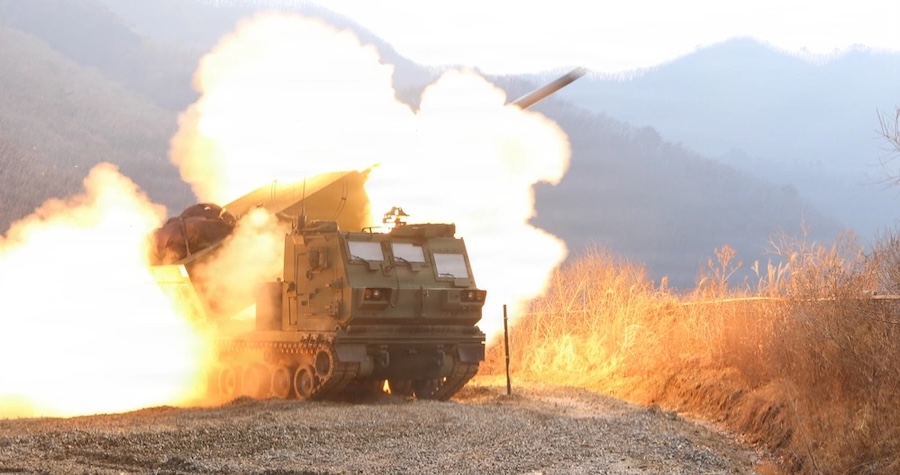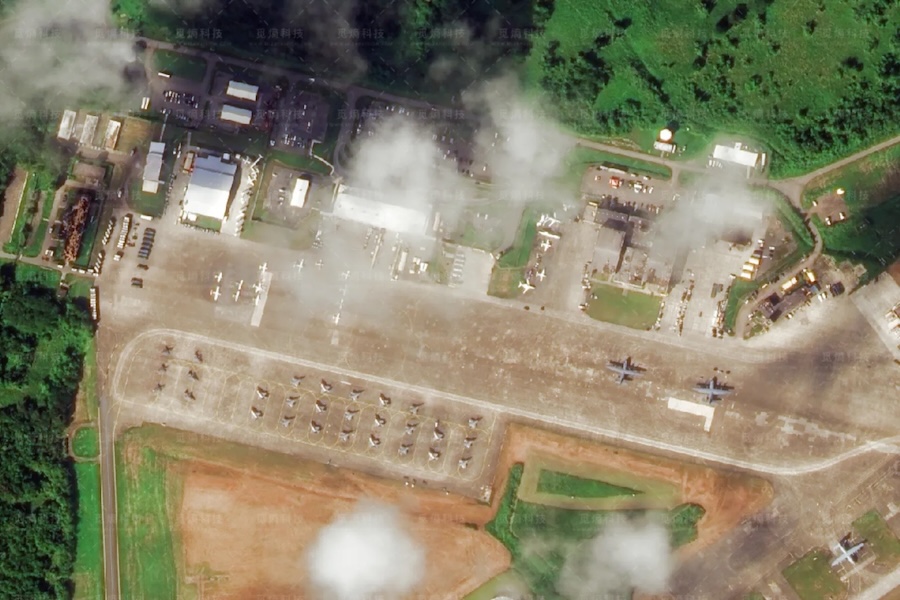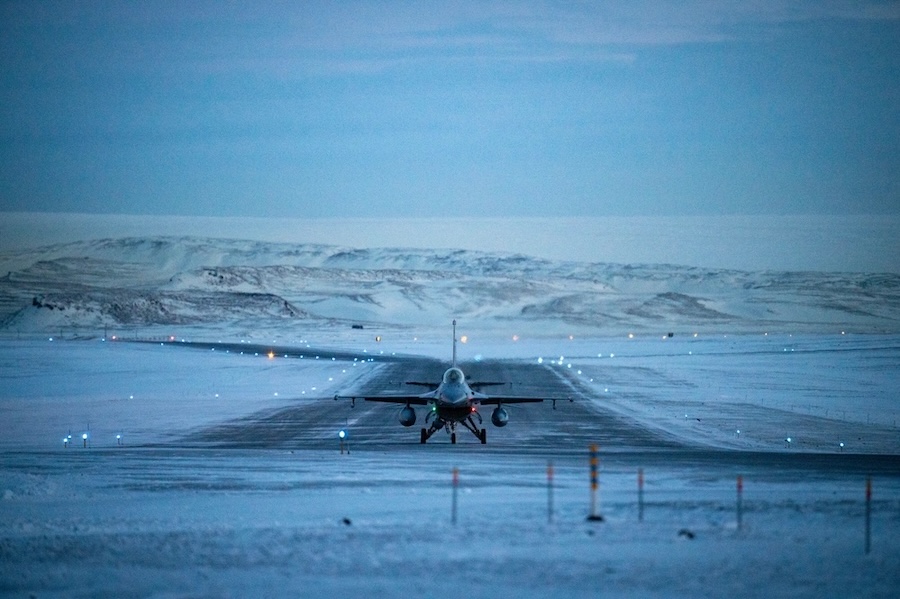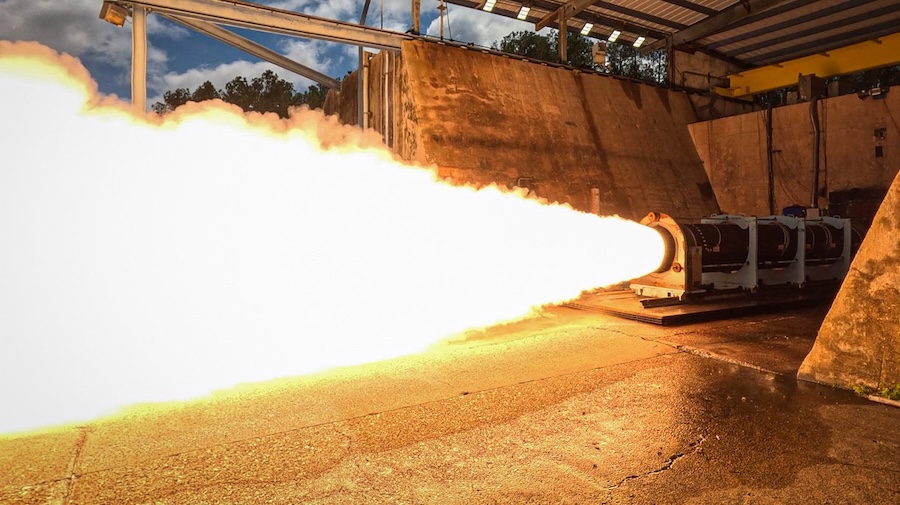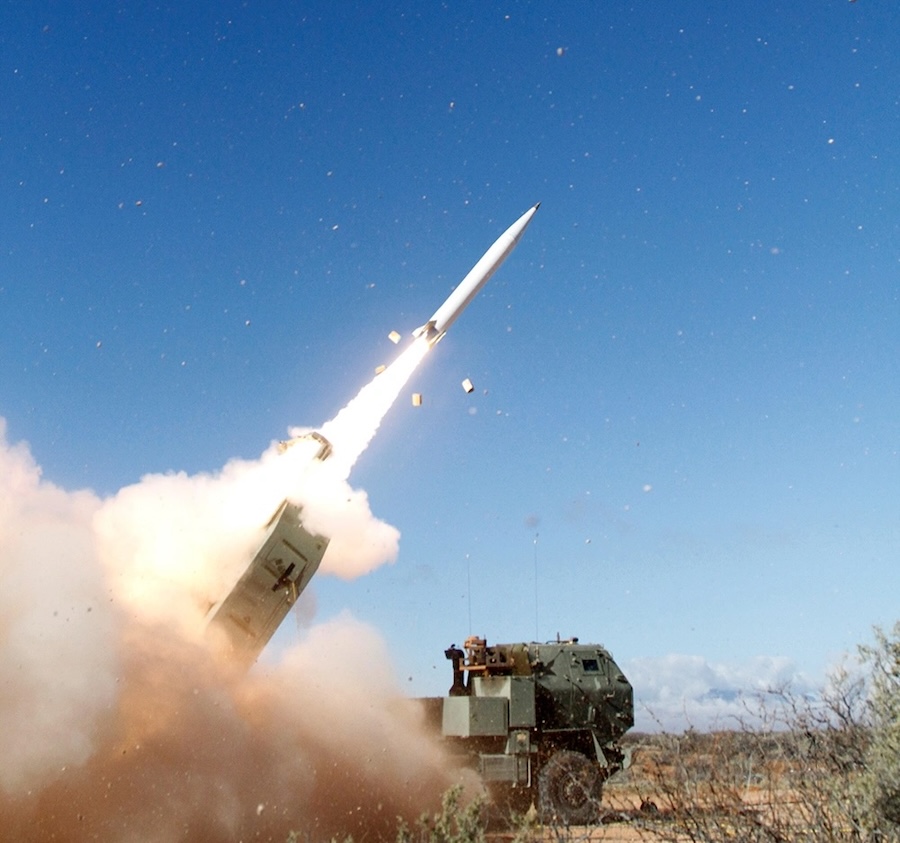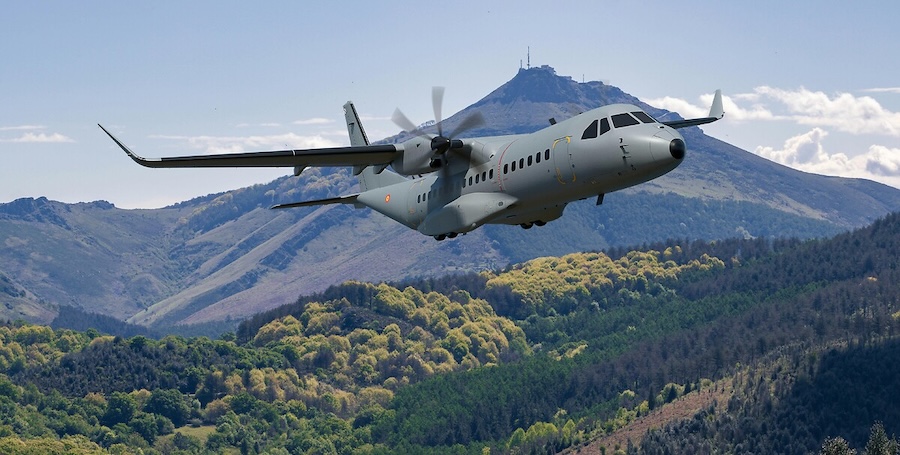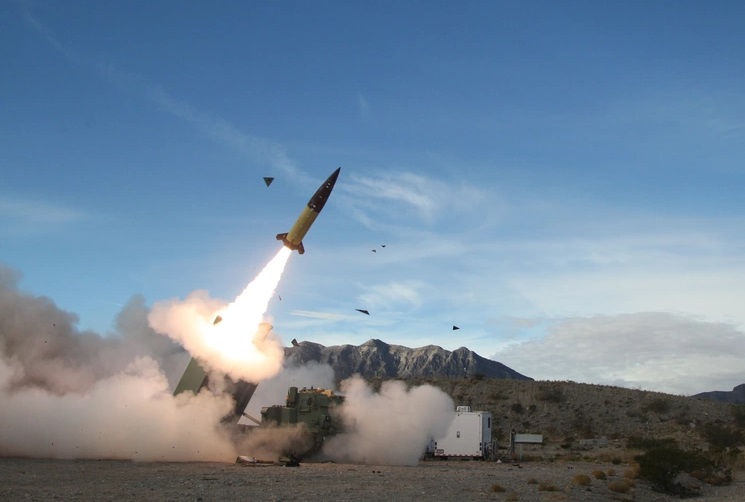The B61-13 is the latest modification to the longstanding B61 family and marks one of the fastest-developed and fielded nuclear weapons since the Cold War. “The remarkable speed of the B61-13’s production is a testament to the ingenuity of our scientists and engineers and the urgency we face to fortify deterrence in a volatile new age,” said Secretary Wright.
The bomb will be certified only for delivery by strategic bomber aircraft and will be deployed from continental U.S. bases. It is part of a broader effort by the NNSA, which is currently managing seven warhead modernisation programmes to ensure the reliability and effectiveness of the U.S. nuclear stockpile.
The B61-13 builds on capabilities used in the B61-12, which completed its final production unit five months ago. While sharing the B61-12’s modern safety, security, and accuracy features, the B61-13 incorporates a yield intended to defeat harder and larger-area military targets.
The accelerated timeline was made possible by applying decades of B61 design and qualification data, allowing NNSA teams to take calculated risks in expediting the production process. Engineers streamlined or combined design review stages, enabling hardware test builds to begin just three months after Congressional authorisation and appropriation.
“Accelerating production of the B61-13 while maintaining the highest standards of safety and security, and without disrupting our other six modernization programs, is a remarkable achievement,” said David Hoagland, Acting Deputy Administrator for Defense Programs. He added, “I’m confident many of these practices can be applied to future weapon modernization efforts, with promising implications for their delivery timelines.”
The B61 remains the longest-serving and most versatile weapon in the U.S. nuclear arsenal, forming a critical part of the air leg of the nuclear Triad. The Department of Defense, in coordination with the NNSA, will now work on a comprehensive strategy for addressing hard and deeply buried targets.
Source: NNSA (press release).



